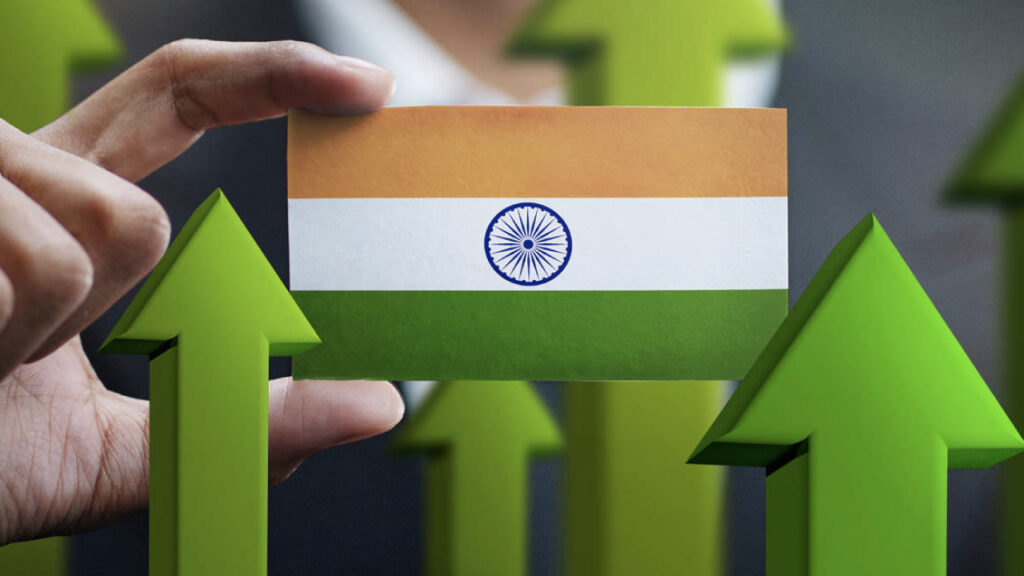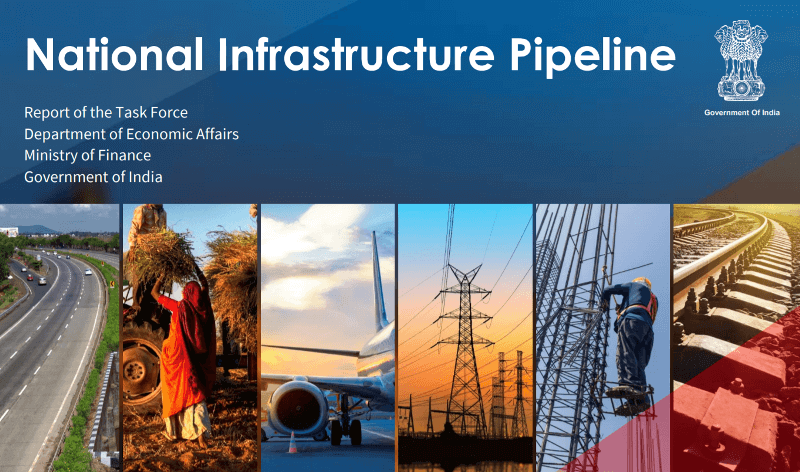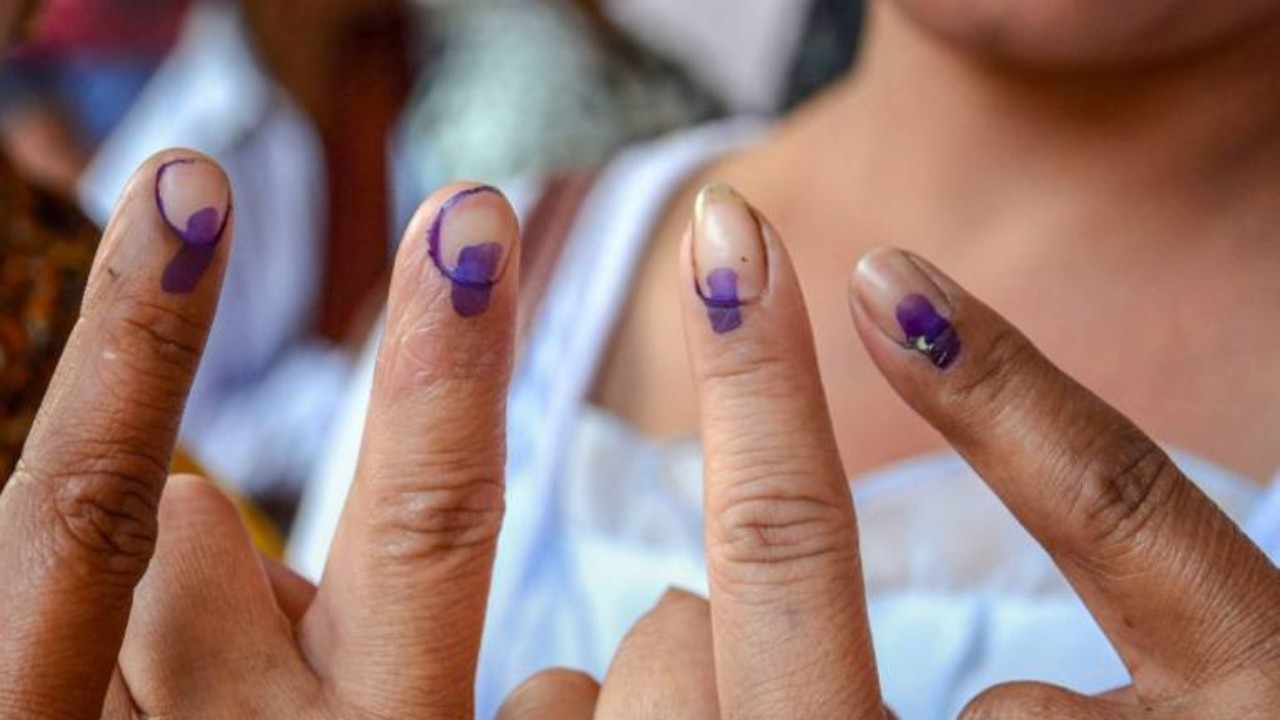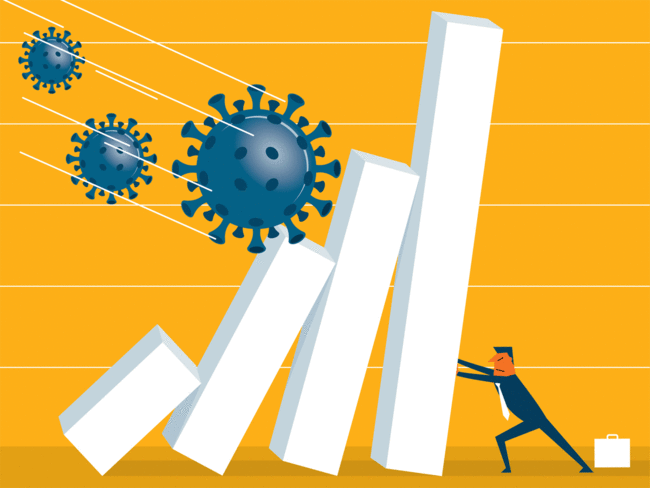




Keeping this objective in view, National #Infrastructure Pipeline (NIP) was launched with projected infrastructure investment of around $ 1.50 trillion during five year plan of 2020-25. Economic Survey 2022 categorically stated that “The Higher Capital Expenditure with a focus on infrastructure spending in 2021-22 budget estimate will have a multiplier effect on the ongoing economic recovery.’
With a whopping worth of over USD 2.7 trillion, India is the sixth-largest economy by market exchange rates in the world. The country has a labor force of 522 million workers and counted as one of the world’s fastest growing economies

Political Stability: – Political stability at center and state level is a must requirement to achieve NIP’s target for infrastructure #building effectively and in a financially prudent manner.
Timely Approvals: – Timely Approvals from various department (Like #Environmental, #Forest, etc.) to start project and complete within timeline is also a must have requirement.

COVID– The last two years have been difficult for the world economy on account of the COVID-19 pandemic. Repeated waves of infection, supply-chain disruptions and, more recently, inflation have created particularly challenging times for policy-making. Faced with these challenges, the Government of India’s immediate response was a bouquet of safety-nets to cushion the impact on vulnerable sections of society and the business sector. It next pushed through a significant increase in capital expenditure on infrastructure to build back medium-term demand as well as aggressively implemented supply-side measures to prepare the economy for a sustained long-term expansion.

War Effect- India’s growth forecast for the next fiscal might get slashed, considering sharply higher energy prices on account of the #Russia-#Ukraine #war. The war in Ukraine and economic sanctions on Russia have put global energy supplies at risk. Russia supplies around 10% of the world’s energy, including 17% of its natural gas and 12% of oil. The jump in oil and gas prices will add to industry costs and reduce consumers’ real incomes.
With our years of experience in providing tailor-made #solutions within the infrastructure #sector, we at Shri Sai Eco Solutions (SSES) has a keen interest and capability to understand our clients’ infrastructure problems and can also tailor solutions to meet specific requirements. Regardless of the size of a client’s infrastructure project, SSES can help.
Advance estimates suggest that the Indian economy is expected to witness real GDP expansion of 9.2% in 2021-22 after contracting in 2020-21. Agriculture and allied sectors have been the least impacted by the pandemic and the sector is expected to grow by 3.9% in 2021-22 after growing 3.6% in the previous year. Advance estimates suggest that the GVA of Industry (including mining and construction) will rise by 11.8% in 2021-22 after contracting by 7% in 2020- 21. The Services sector has been the hardest hit by the pandemic, especially segments that involve human contact. This sector is estimated to grow by 8.2% this financial year following last year’s 8.4% contraction. Total Consumption is estimated to have grown by 7.0% in 2021-22 with significant contributions from government spending.
It is said that weak infrastructure levies a massive cost on business, estimated at 3-4% annually. In other words, an infrastructure push directly lifts GDP growth by around 3-4% majorly because infrastructure investment has a multiplier effect.


